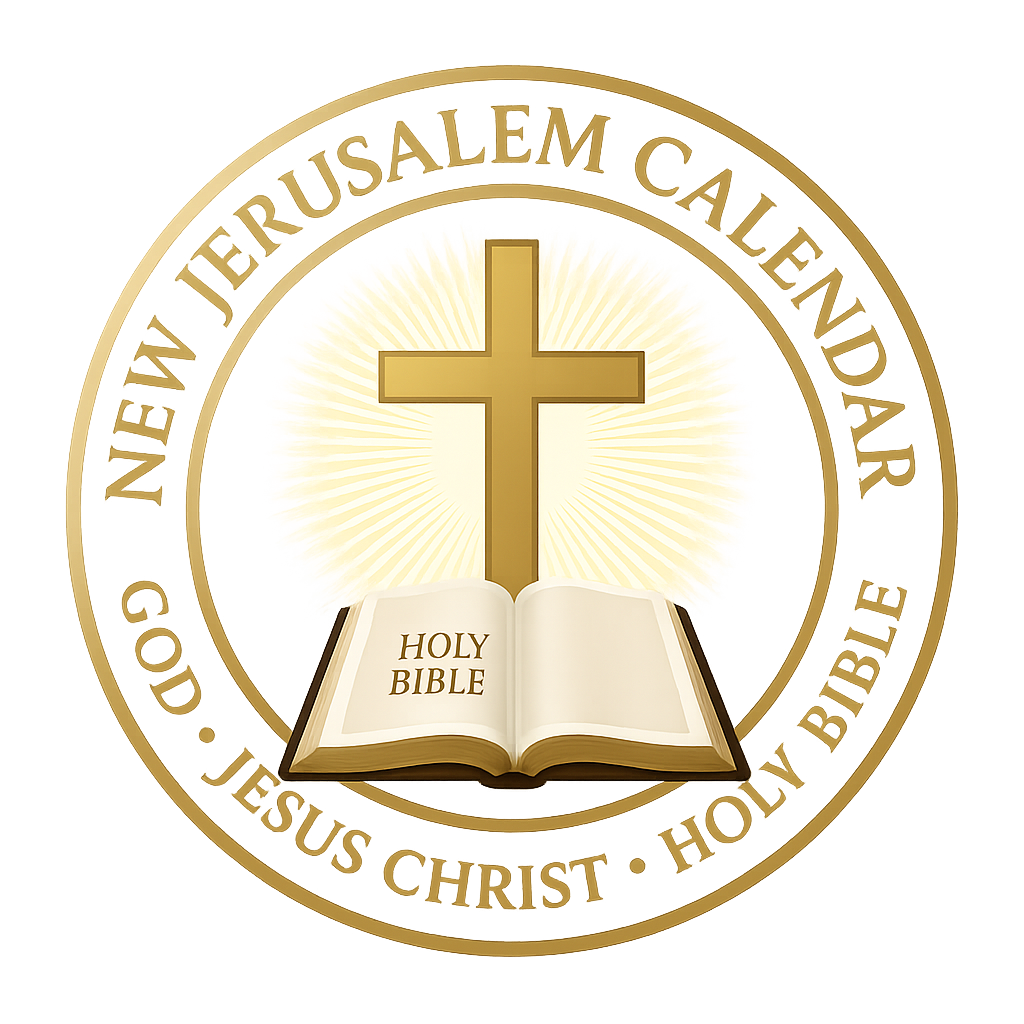Explore the 2032 conversion year from the Old Gregorian calendar to the New Jerusalem Calendar
In 46 BC, Julius Caesar introduced the Julian calendar as a reform to the old Roman system. While it corrected some problems of timekeeping, Caesar also shifted the order of the months, creating a sequence that was no longer natural. For example, September, October, November, and December — whose names mean seventh, eighth, ninth, and tenth — were pushed into the ninth, tenth, eleventh, and twelfth positions. This disorder has remained with humanity for over two thousand years.
In 1582, Pope Gregory XIII introduced the Gregorian calendar to refine the leap year cycle and better align the calendar with the solar year. However, while the reform adjusted dates for greater astronomical accuracy, it kept Caesar’s misplaced months intact. As a result, the world continued to follow a calendar that was mathematically functional but spiritually and structurally disordered.
The New Jerusalem Calendar restores the natural flow of time by placing the months back in their proper order and aligning the seasons with their biblical meaning. Its structure of balanced months and holy days reflects the harmony of creation and the truth of the Holy Bible. By returning order to time itself, the New Jerusalem Calendar offers not only a practical improvement but also a spiritual foundation for unity, peace, and renewal in the world.
The transition year begins on Jan 1, 2032 on the Old Gregorian calendar. In July we do the shift to the New Jerusalem Calendar and finish the year. Then in 2033 society can be fully on the New Jerusalem Calendar for a new era.
